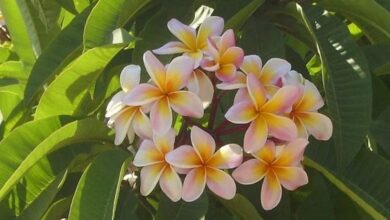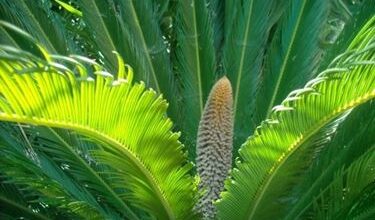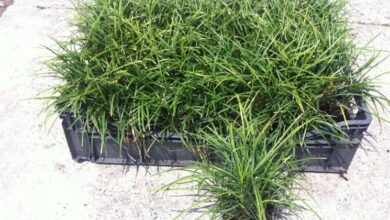Holm oak
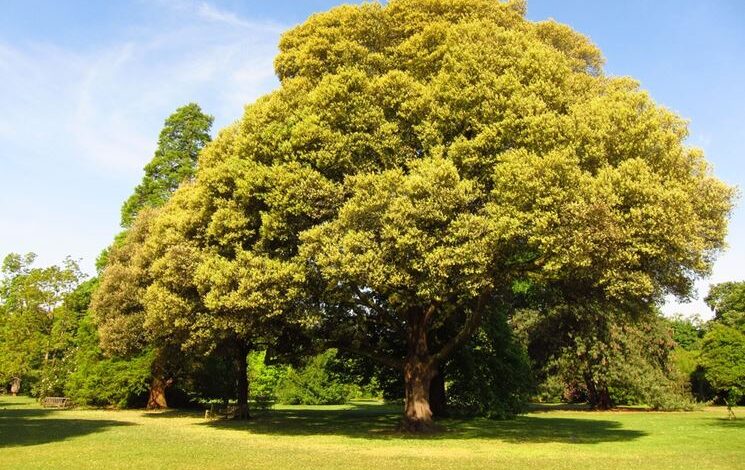
Irrigation of the holm oak
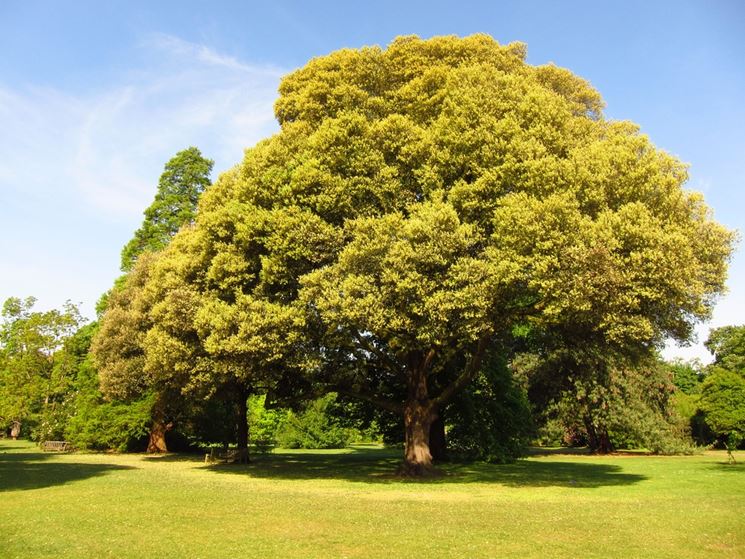
How to grow holm oak
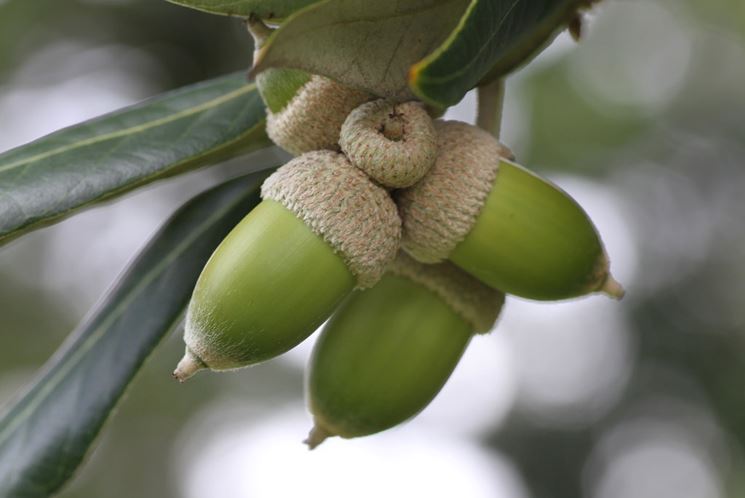
The holm oak is a large tree, being able to reach a height of 30 m; it grows slowly but is very long-lived: it lives on average 200-300 years. Therefore when we talk about the cultivation of holm oak we mean, mostly, in the open ground. The holm oak prefers an alkaline, calcareous substrate, with little presence of clay, but tolerates all types of soil well, provided they are well drained. In case of cultivation in pots we recommend the use of universal soil mixed with coarse sand and peat. The multiplication takes place through the seeds resulting from the autumn ripening of the acorns: the young plants must be planted within 3 years bearing in mind that, given the early development of the taproot, subsequently removing the plant could be very difficult. If you want to continue with the cultivation in pots, it is necessary to repot every 2-3 years in the non-vegetative period, that is until the beginning of March, reducing the capillary root system by about 1/3 and gradually removing the taproot. The foliage of the holm oak develops naturally in a rounded, dense, dark green color: it is perennial and does not require any pruning.
How to fertilize the holm oak
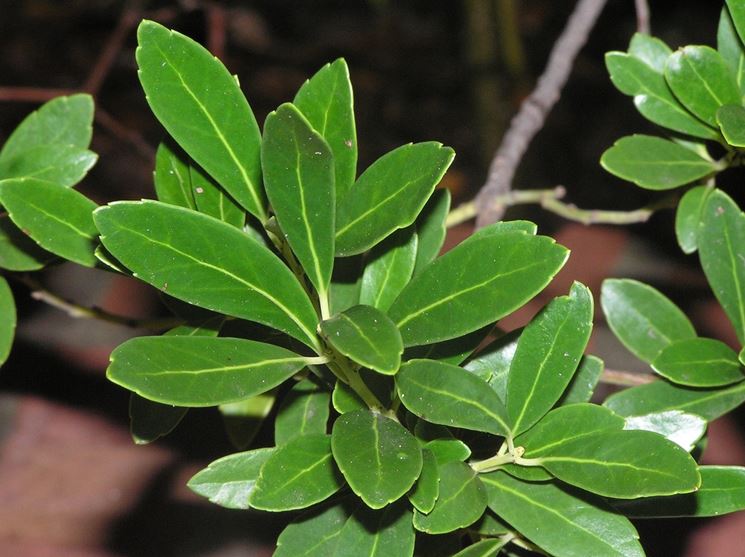
The holm oak is not a very demanding plant as regards fertilization. However, it is necessary to provide it with the organic substances necessary to encourage and support its development, especially in the first years of life.For this purpose, at the beginning of the winter period, it is useful to mix organic fertilizer to the soil at the foot of the tree, humus or manure. , to make the plant more resistant to adverse climatic conditions. In spring, to favor the development of new shoots, a granular fertilizer for green plants widespread on the market will be sufficient, suspending the treatments throughout the summer. Adult plants can be treated with organic fertilizer every 2-3 years. If well cared for, the holm oak not only embellishes gardens and avenues, but constitutes an effective windbreak barrier and, appropriately pruned, it is perfect for creating very dense, long-lived and, if necessary, very tall hedges. It also offers a large production of edible acorns which today are often the food supplied to animals reared at home, especially pigs, but in ancient times they were used to form a very widespread flour.
Holm oak: Exposure, parasites and diseases

The holm oak is a very rustic tree, which resists drought and rarely gets sick. It loves full sun exposure and a dry, moderately ventilated climate and does not grow well in particularly cold areas. The greatest threat, especially if grown in the garden or in pots, is represented by water stagnation, which can cause root rot, and by excess humidity which is at the origin of frequent fungal diseases. These include powdery mildew, also called «white sickness» because it manifests itself by covering the leaves with a dusty white veil, and anthracnose, which affects young plants during the vegetative period and adult plants throughout the year. Both can be treated with copper-based or sulfur-based fungicides after cutting diseased branches, cleaning the tools from proto between a cut and other to avoid the spread of the fungus. Against these diseases, however, the most effective treatment is prevention, avoiding excessive fertilization and humid and poorly ventilated areas. The phylloxera of the oak, an aphid that pricks the leaves diffusely causing them to dry out and fall, can be treated with specific aficides to be administered at the first appearance, usually in spring.

